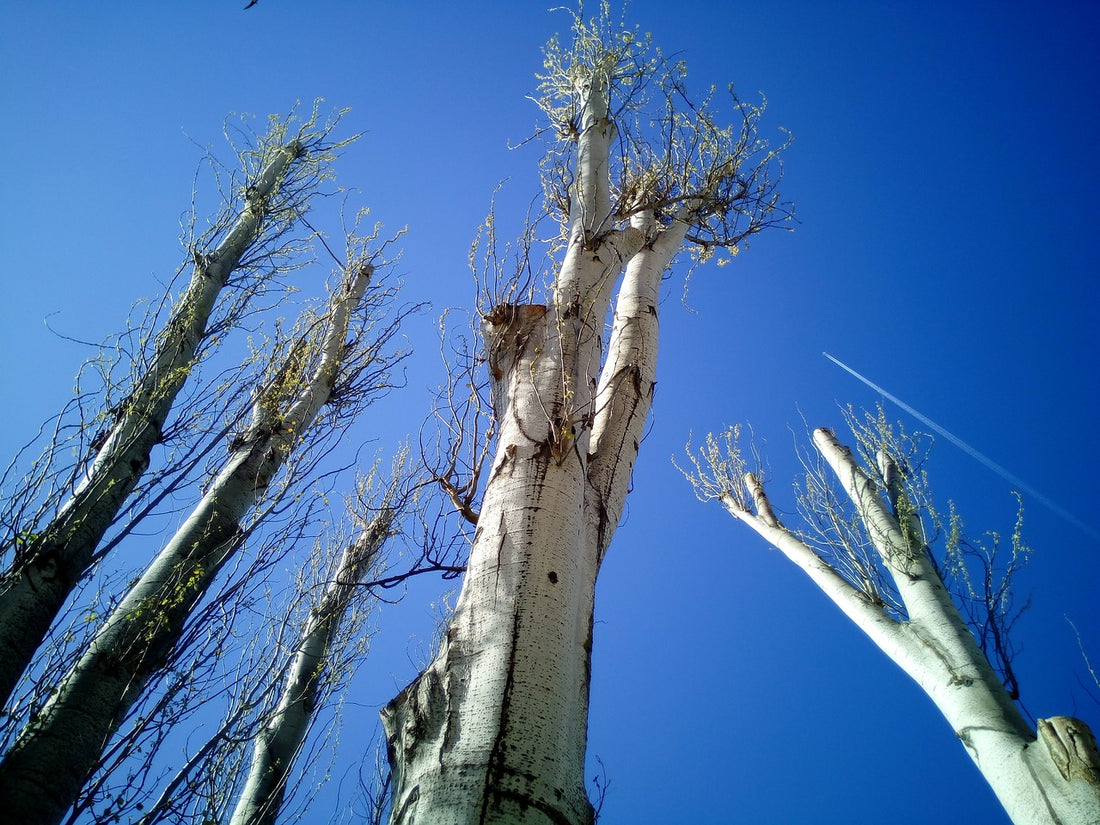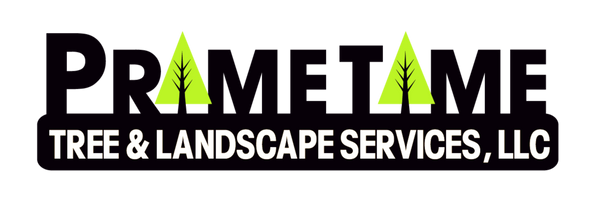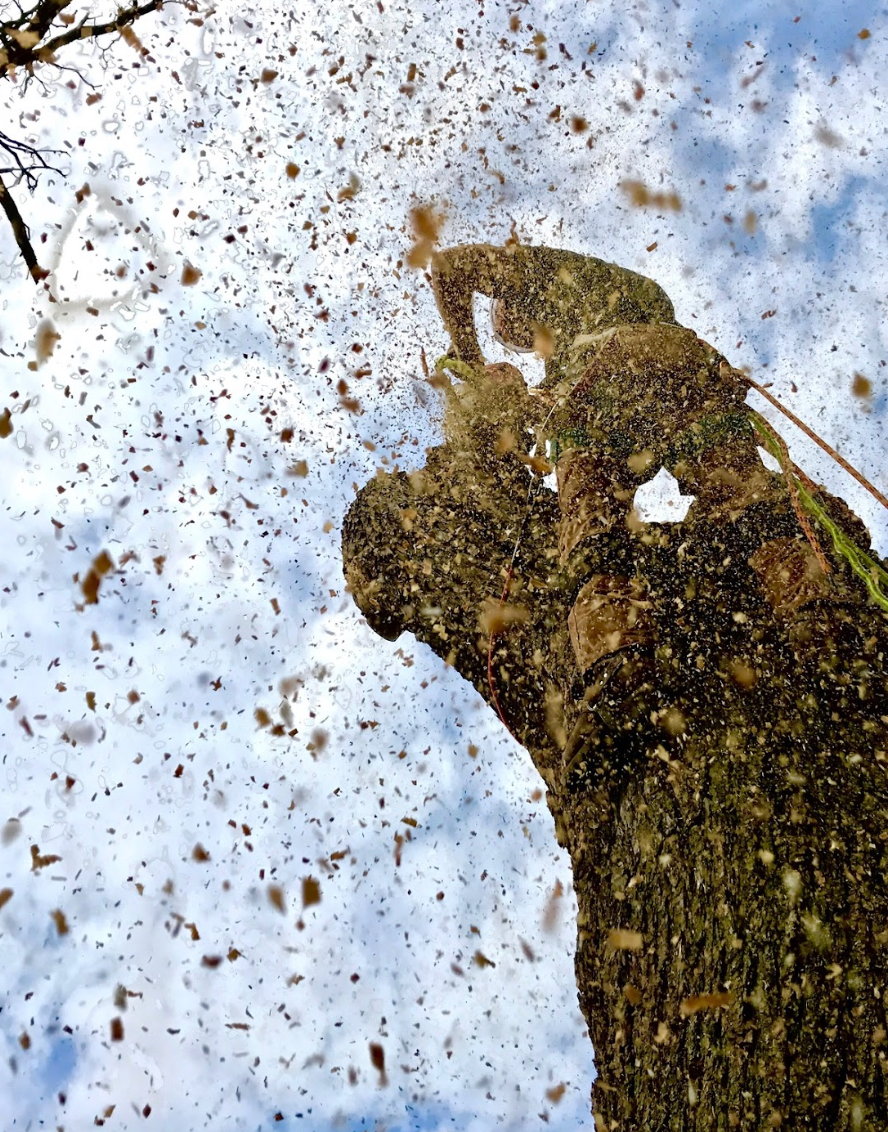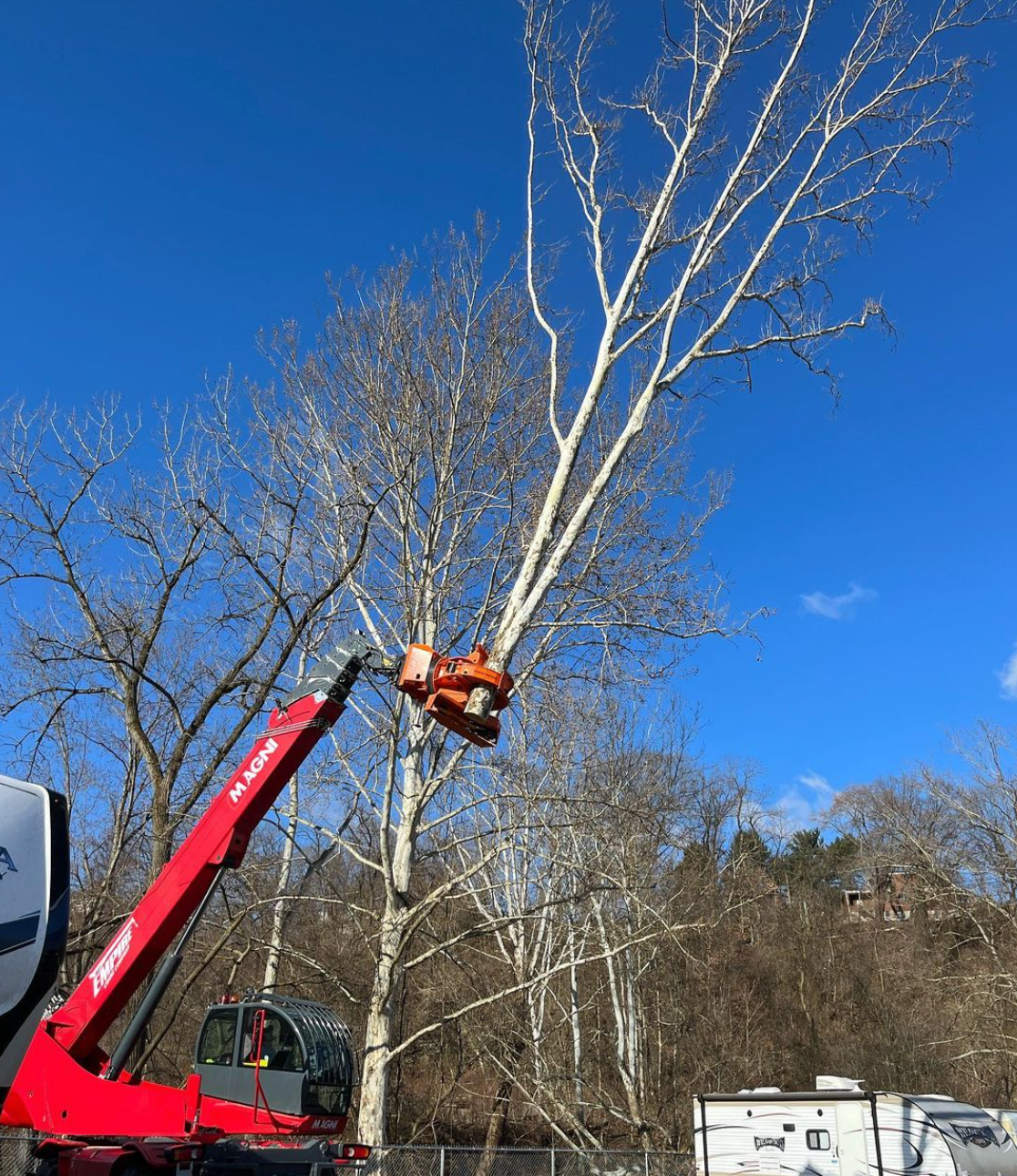
Tree topping, often viewed as a quick fix for overgrown trees, is a practice that can have severe consequences for the health and longevity of trees. Let's talk about what tree topping is, why it's detrimental, and why you should avoid it at all costs.
What is Tree Topping?
This is also known as hat-racking or heading, involves indiscriminately cutting back large branches to stubs or lateral branches, often reducing the tree's size drastically. While it may seem like a solution to control the height or spread of a tree, it's an outdated and harmful practice with long-term negative effects.
The Dangers
Stress and Shock: When a tree is topped, it undergoes tremendous stress and shock. The sudden removal of a large portion of its canopy disrupts its natural balance and can lead to stunted growth or even death.
Increased Risk of Disease and Decay: Topped trees are more susceptible to diseases and decay. The exposed cuts become entry points for pathogens, insects, and fungi, leading to infections that can weaken the tree's structure over time.
Weak Regrowth: Instead of producing healthy new growth, topped trees often respond with weak, fast-growing shoots known as water sprouts. These sprouts are poorly attached and prone to breakage, posing a safety hazard.
Aesthetic Decline: Topped trees rarely regain their natural shape and beauty. Instead, they develop unsightly, bushy growth that diminishes their aesthetic value and detracts from the landscape.
Shortened Lifespan: Topping significantly reduces a tree's lifespan. It weakens the tree's structure and makes it more vulnerable to environmental stressors such as storms, drought, and extreme temperatures.
Why You Should Avoid Tree Topping:
Long-Term Cost Savings: While tree topping may seem like a cost-effective solution in the short term, it often leads to higher maintenance costs in the long run. This route requires frequent pruning, maintenance, and sometimes removal, which can be expensive.
Preservation of Tree Health: Trees are valuable assets that provide numerous environmental, social, and economic benefits. By avoiding tree topping, you're safeguarding the health and vitality of trees for future generations to enjoy.
Environmental Impact: Trees play a crucial role in mitigating climate change by sequestering carbon dioxide and providing habitat for wildlife. Topping undermines these ecological benefits and can have detrimental effects on local ecosystems.
Professional Alternatives: Instead of resorting to this technique, consult with a certified arborist who can recommend alternative pruning techniques such as crown reduction or thinning. These methods preserve the tree's health and structure while achieving your desired objectives.
Overall, this is a destructive practice that should be avoided at all costs. Instead of jeopardizing the health and longevity of trees, opt for sustainable and responsible arboricultural practices that promote their well-being. Remember, healthy trees contribute to healthier communities and greener planet.


